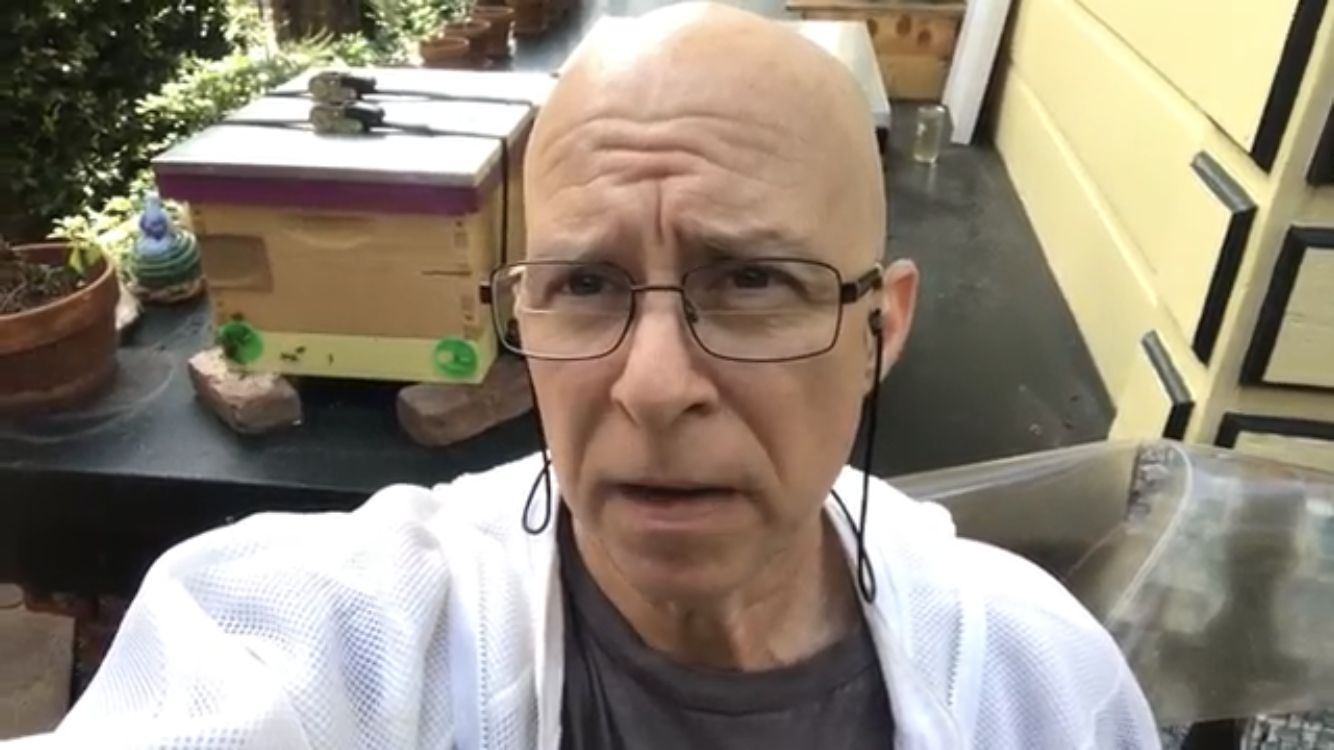Vlog Episode 3 - The Only Wrong Answer
In the last episode we talked about parallel processes and sequential processes. We saw that the natural world, working with large numbers of interchangeable agents and random occurrences, uses parallel processing. We saw that the technological world, that spends time planning ahead of the action, uses sequential processes. I noted that the addiction treatment industry uses parallel processes rather than sequential leaving everyone with a feeling that treatment is hard, complicated, and really beyond anyone's ability to engineer.
The Theory of Constraints (TOC) is based on the logic of sequential processes. Even in nature, where the great parallel constructions like termite mounds occur, things follow sequentially. Bees cannot lay down honey until they've collected the nectar. They cannot store the honey until they've built the comb.
So it is that we can look at addiction and addiction treatment through the sequential logical eyes of TOC. I did, and we built a treatment system that can engineer addiction treatment, making it less expensive, more effective, and easier to do. An essential part of finding out the sequence of steps we need to follow in addiction treatment came from a single question, "Why?" And the question only has one wrong answer.
It happens all the time that people ask me about problems they have with patients. It's usually a complicated case with a long treatment history and a lot of medications. It usually revolves around the patient's not responding the way the doctor or therapist thought they should. And I usually end up asking, "Why?" "Why would a person in his right mind not stop using alcohol when he knows it's hurting him?" "Why would a person in his right mind not come to group after paying all that money for treatment?" "Why would a person in his right mind not take his medication when he's said that it helps him?"
And every time I ask the question, there's only one answer I won't take. "He's not in his right mind." It's the most common answer I hear from people treating addiction, but they don't always phrase it just that way. They may say, "Oh, but he's an alcoholic," but what they mean is he isn't in his right mind. They may say, "He's one of those guys who... and follow that up with their preconceived notion of some group that they've characterized as beyond logic. Most of the answers I hear from people treating addiction when I ask why is essentially that they don't understand why and that the patient is beyond logic.
What these treaters are saying is that they don't understand the logic of the patient. I get that. It's hard sometimes. It isn't a matter of the treaters not being logical. It isn't a matter of the treaters not being smart enough. It's about assumptions. And this isn't limited to addiction treatment. It happens all the time in every field. We enter a situation with a set of assumptions. Things don't go the way we thought they would, and rather than check our assumptions, we look for alternative explanations.
"Anyone in his right mind who knows that alcohol is killing him would stop drinking, so this patient who doesn't stop must not be in his right mind." "Anyone in his right mind who spends a lot of money for treatment wants to actually get better so this guy who won't come to group isn't in his right mind."
What we did when we designed our treatment system was that we let go of the assumptions that are imposed on the field. "Drugs cause addiction. Addiction is a cortical phenomenon. The first use of a drug is voluntary. You have to be ready for treatment, for treatment to work." And so many others. We looked at the disease of addiction the way it exists in nature instead of how it was written about in the books. And low and behold, it isn't as hard to treat when you treat the disease it is and not the disease you want it to be.
Next time, we'll look at some of those assumptions about the biology of addiction and how changing those assumptions can lead to a process of treatment in a sequential fashion.



